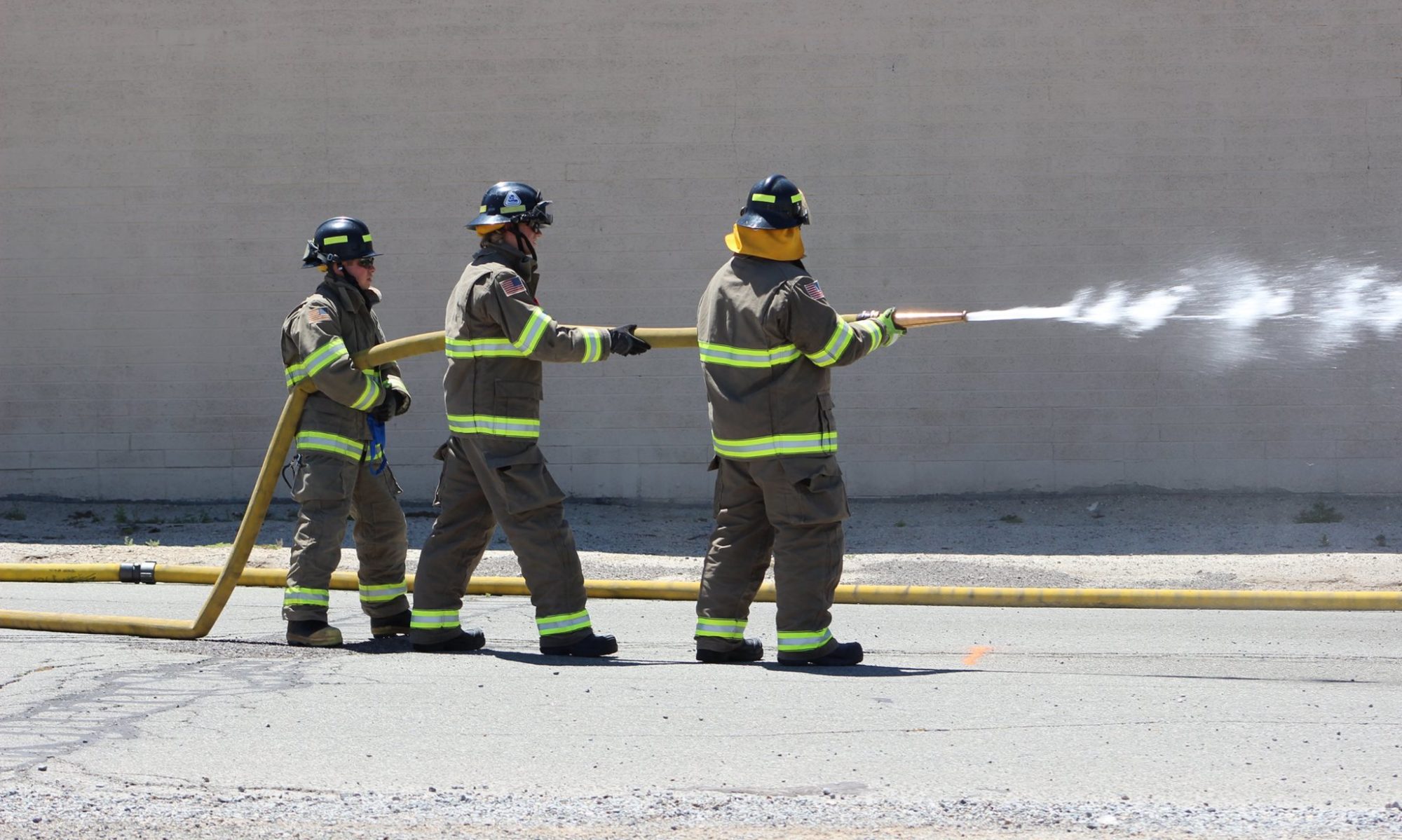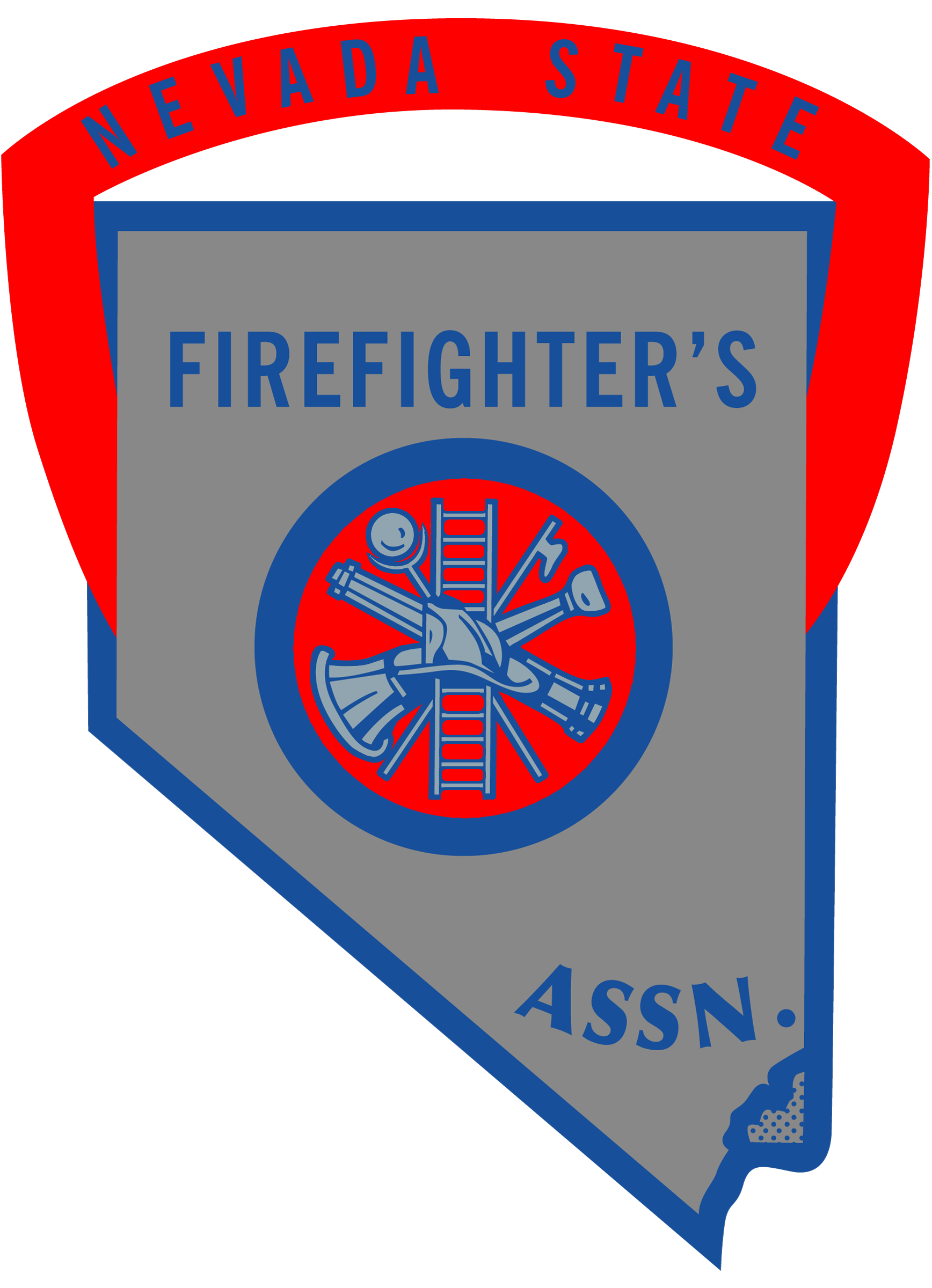Instructors
Jamie Carlson : Jamie Carlson is a highly accomplished and dedicated individual with a rich history in the field of Emergency Medical Services (EMS). Her passion for EMS dates back to her childhood, where she was exposed to the world of emergency care. Even as a young child, Jamie could be found riding in ambulances and absorbing knowledge at the station, fostering a deep-rooted fascination with the field.
Since the beginning, her EMS career, Jamie has held various positions, showcasing her versatility and commitment. She has contributed her expertise to esteemed organizations such as Payson Fire & EMS, Santaquin Fire & EMS, Duchesne EMS, Juab EMS, and Dugway Proving Grounds EMS. Throughout her journey, Jamie has not only excelled as a Paramedic provider, but she has also made significant contributions as an instructor and program director.
Jamie’s extensive qualifications include National Registered Paramedic and certifications in both Utah and Nevada. Furthermore, she is an accomplished EMS Instructor, EMS Course Coordinator, and EMS Training Officer. Her passion for education has led her to instruct at prestigious institutions such as Utah Valley University, Steven’s Henagar College, and Mt Nebo Training. Currently, Jamie serves as the EMS Programs Director for Great Basin College, where she continues to shape the future of EMS professionals.
Beyond her professional endeavors, Jamie cherishes her role as a parent to four children and a grandparent to five grandchildren. In her leisure time, she embraces her love for the great outdoors, indulging in activities such as hunting, fishing, dirt bike riding, and waterskiing.
Jamie Carlson’s unwavering dedication, vast experience, and passion for EMS make her a highly respected figure in the field. Her tireless efforts to educate and train EMS providers have undoubtedly contributed to the enhancement of emergency care nationwide.
John Mittelman: John Mittelman, B.S., NRP John began his Career in 2000 working as an EMT/AEMT, John advanced his career by getting his Wildland Fire Certifications in 2003 and working for a few years as a wildland firefighter.
In 2006 he completed Paramedic School followed by Fire I & II and began his career as a Paramedic Firefighter in 2007, eventually working his way to the position of EMS Chief in 2020 for Dugway Proving Ground.
Throughout his career John has been dedicated to teaching the upcoming generations in EMS and now works as the Lead Paramedic Instructor for Great Basin College.
Program Highlights
Emergency Response to Multiple Casualty Incidents for EMTs/First Responders
This course equips EMTs, First Responders, and Firefighters with vital skills to handle traumatic and medical emergencies in multiple casualty incidents. Covering scenarios such as structure fires with burn victims, active shooter situations, explosions, and motor vehicle crashes, the training focuses on rapid assessment, triage, and treatment. Participants will engage in hands-on exercises to enhance their ability to effectively manage chaotic environments and save lives.
Classes
Rural EMS: The Importance of Community and Overcoming Resource Challenges
This presentation will address the unique difficulties faced by rural emergency medical services, including longer transport times and limited resources. It emphasizes the critical role of community support and engagement, strategies for maximizing available resources, and innovative solutions like telemedicine. The presentation highlights the importance of training, collaboration, and mental health support for EMS personnel, aiming to enhance emergency response and healthcare access in rural areas.
Wilderness First Responder Part 1
In the first half of this Wilderness First Aid (WFA) course, participants will be introduced to the essentials of WFA, covering fundamental principles and patient assessment. The session will cover the importance of WFA, and differences between wilderness and urban first aid. Participants will then learn about scene safety, primary and secondary assessments, and effective patient examination techniques. This part also includes practical scenarios for managing common wilderness injuries such as fractures, wounds, and burns. This section will also cover the moving of patients and how to create liters and splints with the supplies that are available.
Wilderness First Responder Part 2
The second half of the WFA course delves into handling environmental hazards and emergency preparedness. Participants will address animal bites, plant poisoning, and natural hazards, learning to create emergency action plans and build first aid kits. The course then focuses on improvised first aid techniques and evacuation strategies. Realistic scenarios and simulations provide hands-on practice in patient care and decision-making. At the end of the course the participants will be encouraged to participate in a mini moc disaster and to apply the principles and concepts that they have learned. The session concludes with a review of key concepts, a Q&A, and feedback, ensuring participants are well-prepared for wilderness emergencies.
Patient Assessment Review for the EMS provider
This course is designed to give a detailed review of patient assessment techniques for EMS providers at all levels, including first responders, EMTs, AEMTs, and paramedics. The course will cover all aspects of patient assessment, from initial evaluation to key assessment techniques, ensuring a thorough understanding of each step. The lecture portion provides a comprehensive review, while the hands-on component reinforces learning through practical application. By the end of the course, participants will be equipped with enhanced skills and confidence to perform accurate and effective patient assessments in real-world scenarios.
Medical emergency or overdose, how they present and what providers are looking for.
This lecture will provide a comprehensive overview of medical emergencies and overdoses. Focusing on the different presentation of patients and the critical indicators that providers should attend to. Attendees will learn to recognize symptoms, understand the underlying mechanisms, and apply appropriate first response actions. By the end of the course the student will be able to understand the different street drugs, the overdose presentations that correlate with the drugs, and what medical emergencies may mimic drug overdoses.

